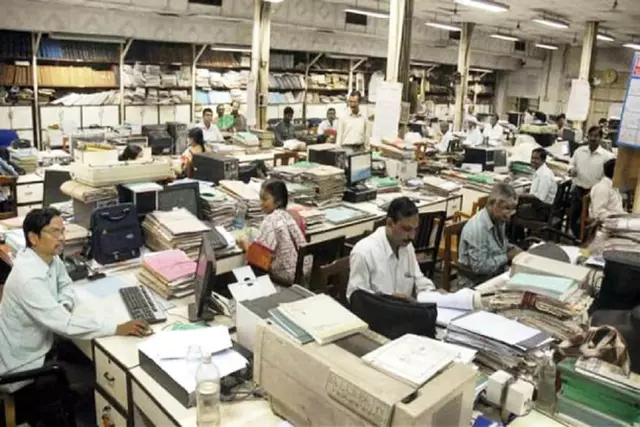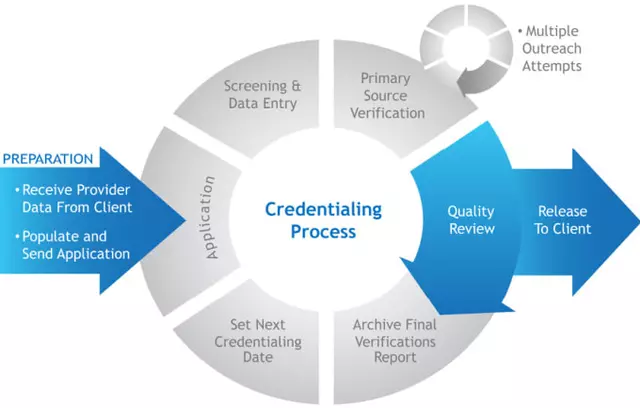For millions of contract and temporary workers across India, a long-standing barrier to financial security has just vanished. Under a sweeping reform in the new Labour Codes, employees now qualify for gratuity after just one year of continuous service — down from the previous five-year requirement. The change, confirmed by multiple financial outlets in May 2025, means fixed-term employees (FTEs) will receive the same benefits as permanent staff, including the lump-sum severance payment long reserved for those who stayed a decade or more. This isn’t just a tweak — it’s a structural shift in how India values short-term labor.
Why This Change Matters Now
The Payment of Gratuity Act, 1972, had been a relic of a different economy. Back then, job mobility was low. People stayed with one employer for decades. Today? The gig economy, project-based hiring, and contractual roles dominate sectors like IT, logistics, retail, and manufacturing. Millions of workers — from warehouse staff to software contractors — were locked out of gratuity simply because their contracts lasted 18 months or two years. They didn’t get the benefit, even if they worked hard, showed up every day, and contributed meaningfully. Now, they will.
According to Moneycontrol’s May 13, 2025 report, the new Labour Code also widens the definition of wages, bringing more allowances under the calculation base. That means higher gratuity payouts for many. Previously, components like HRA, transport, or food allowances were often excluded. Now, they’re likely included — though final rules are still being drafted.
How Gratuity Is Calculated — And Who Benefits Most
Under the old system, gratuity was calculated as: (Number of years × Last drawn basic salary + DA) × 15 ÷ 26. For someone earning ₹30,000 per month (basic + DA) over five years, that meant ₹86,538. The cap? ₹20 lakh — tax-free. That cap remains, but now, someone working just 18 months at the same salary gets ₹25,961 — a meaningful cushion for medical emergencies, rent, or starting a small business.
But here’s the real win: Fixed-term employees, who made up nearly 15% of India’s formal workforce in 2024 (per Ministry of Labour data), were previously excluded unless they crossed five years. Many were hired on one-year contracts, renewed annually, but never qualified. Now, even if they’re let go after 14 months, they get paid. And if they’re rehired? Their tenure resets — but the new rules say continuous service includes re-engagements within a 60-day gap, closing a major loophole.
Who’s Behind This Shift — And Who’s Worried
The reform stems from the Ministry of Labour and Employment, which consolidated four labor laws into a single code in 2020. Implementation was delayed for years amid industry pushback. But with unemployment among youth hitting 21% in early 2025 and labor unrest rising in states like Tamil Nadu and Uttar Pradesh, the government moved fast. The timing is no accident.
Industry groups, however, are uneasy. The Confederation of Indian Industry (CII) warned that shortening the eligibility period could increase compliance costs for SMEs. "We support worker welfare," said a CII spokesperson in June 2025, "but many small firms operate on razor-thin margins. Gratuity isn’t insurance — it’s a liability that must be funded. Where’s the support for them?"
Workers’ unions, on the other hand, are celebrating. "This is dignity," said Shalini Mehta, president of the National Federation of Contract Workers. "For years, we’ve seen people work five, six years in factories, schools, hospitals — and get nothing because their contract ended before five. Now, they leave with something. That’s justice."

The Bigger Picture: Wages, Pensions, and the Future of Work
This isn’t just about gratuity. The same Labour Code redefines "wages" to include more components — a move that could push up not just gratuity, but also EPF contributions and overtime pay. It’s part of a broader push to formalize informal work. In 2024, over 90 million Indians worked on fixed-term contracts. Most had no health insurance, no retirement savings, no safety net.
Compare this to the National Pension System (NPS), where contributions are mandatory for new government hires. Gratuity and pension are different: one’s a lump sum, the other a monthly stream. But now, with gratuity available after one year, more workers may be nudged toward NPS — especially since the government has increased its NPS contribution match for private-sector workers in 2025.
What Happens Next? Implementation and Gaps
Official notifications are expected by August 2025. But here’s the catch: the law applies only to establishments with 10 or more employees. That leaves out millions in small workshops, family-run stores, and rural enterprises. And enforcement? Historically weak. In 2023, only 12% of factories in West Bengal were audited for gratuity compliance.
Also unclear: whether the one-year rule applies retroactively. Will someone who worked four years under the old law get prorated gratuity? The government hasn’t said. And what about workers in states with separate labor laws, like Maharashtra or Gujarat? They’ll need separate notifications.
Still, the signal is loud: India is rethinking the social contract with its workforce. The days of treating contract labor as disposable are ending.
Frequently Asked Questions
Who qualifies for gratuity under the new rules?
Any employee — including fixed-term, contractual, or temporary workers — who completes one year of continuous service with an employer having 10 or more staff. This includes those hired on project-based or seasonal contracts, as long as their service is uninterrupted for 12 months. The rule applies across sectors: manufacturing, IT, retail, hospitality, and more.
How is gratuity calculated now?
The formula remains (n × b × 15) ÷ 26, where n is years of service and b is basic salary plus dearness allowance. But the definition of "basic salary" has expanded to include more allowances, potentially increasing payouts. The maximum tax-free amount is still ₹20 lakh. For someone earning ₹35,000/month basic + DA after 18 months, gratuity would be roughly ₹30,288.
Does this apply to government employees?
Yes, but with nuances. The Central Civil Services (Payment of Gratuity under NPS) Amendment Rules, 2025, align government workers with the new timeline. However, NPS contributors may receive gratuity only if they’ve opted out of the pension scheme. For most new hires, gratuity is now paid alongside NPS contributions — not instead of them.
What if I’m laid off before completing one year?
You won’t qualify for gratuity. But if you’re terminated due to company closure, restructuring, or illness — not misconduct — you may be eligible for severance under other labor laws. Some states, like Karnataka, now require employers to pay three months’ salary as severance for short-term workers, regardless of gratuity rules.
Will this increase job insecurity?
Some employers may shorten contracts to avoid triggering the one-year mark. But the law now counts re-engagements within 60 days as continuous service, making it harder to game the system. Union pressure and digital record-keeping via the Shram Suvidha portal will also deter abuse. The bigger risk is to small businesses — not workers.
When will this take effect?
The Ministry of Labour plans to notify the final rules by August 15, 2025. Employers will have six months to adjust payroll systems and update contracts. Back payments for past service are unlikely, but future service from August 2025 onward will count toward gratuity eligibility — even if you’ve worked there for years before.







